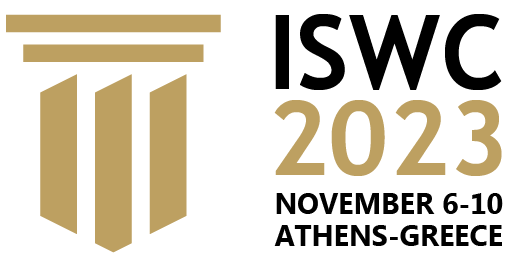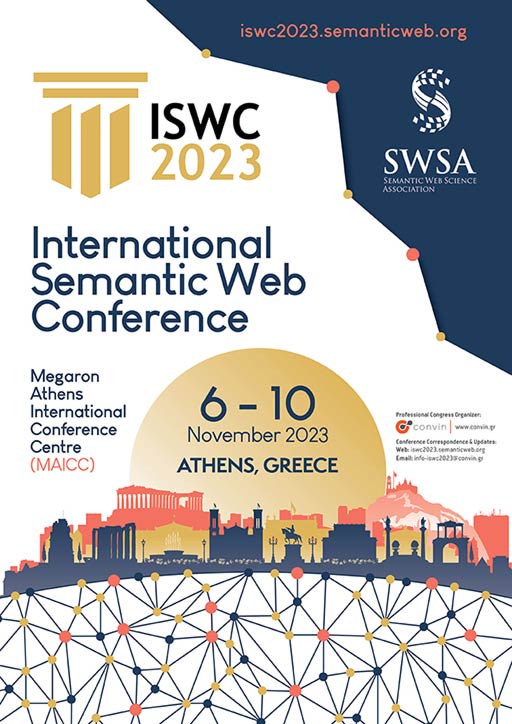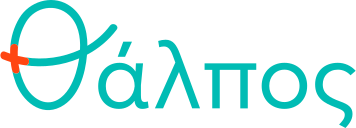| Organisers | Title | Duration |
|---|---|---|
| Zilong Liu, Shirly Stephen, Meilin Shi, Cogan Shimizu, and Zhangyu Wang | Knowing Where via Knowledge Graph--based GeoEnrichment | Half Day |
| Diego Rincon, Irlan Grangel Gonzalez, Mohamed H. Gad-Elrab, Yuqicheng Zhu, Baifan Zhou, Steffen Staab, and Evgeny Kharlamov | Tutorial on Neuro-Symbolic AI for Industry 4.0 (NeSyAI4) | FULL DAY |
Knowing Where via Knowledge Graph–based GeoEnrichment
Website:
https://knowwheregraph.github.io/kg-geoenrichment-tutorial-iswc2023/
Date: Nov 6th, morning
Duration: Half Day
Organizers:
Zilong Liu
Shirly Stephen
Meilin Shi
Cogan Shimizu
Zhangyu Wang
Spatial principles of knowledge organization have received increasing attention over the past decades due to the fundamental importance of locations in everyday phenomena and a wide variety of emerging spatial data, such as linked open gazetteers and location-based sensor observations. This inspires recent years’ development on knowledge graph–based GeoEnrichment. In this tutorial, we will discuss relevant practices in the KnowWhereGraph, such as how to reuse the OGC GeoSPARQL standard and the Sensor, Observation, Sample, and Actuator (SOSA) ontology in observation-driven geo-ontology engineering, and how the S2 grid system helps achieve spatial data integration across different gazetteers. Participants will learn how knowledge graph—based GeoEnrichment supports knowledge discovery by swiftly answering questions like What is here, What happened here before, and How does this compare to other regions, and builds environmentally intelligent services in application areas, e.g., providing disaster responses for humanitarian relief.
Tutorial on Neuro-Symbolic AI for Industry 4.0 (NeSyAI4)
Website:
https://sites.google.com/view/nesyai4-2023/home
Date: Nov 6th
Duration: Full Day
Organizers:
Diego Rincon
Irlan Grangel Gonzalez
Mohamed H. Gad-Elrab
Yuqicheng Zhu
Baifan Zhou
Steffen Staab
Evgeny Kharlamov
Neuro-Symbolic AI is a prominent field that has attracted a significant attention in the last few years in both academia and industry. It has roots in semantic technology and machine learning (ML) and aims at fusing them to benefit from both worlds. Such fusion has a great potential for Industry 4.0 that aims at smart fully automated factories, moreover, it has already been used in such context while the success is still limited due to a number of factors. For example, ontologies can capture industrial assets, specifications of robots, topology of factories, rules can capture compatibility between skills of workers and manufacturing tasks; they can serve as unified schemata for extremely diverse manufacturing data and allow to convert it into manufacturing knowledge graphs. Deep learning helps predicting, for example, quality of discrete manufacturing operations. Neuro-symbolic methods allow to map relatively static factory specifications consisting of ontologies and relatively small knowledge graphs and highly dynamic and timestamped production data consisting of sensor data and log files (and represented as knowledge graphs or/and numeric vectors) into uniform numeric vector representations. This opens the doors for (deep) learning and various forms of industrial analytics.
In this tutorial on Neuro-Symbolic AI for Industry 4.0 — NeSyAI4 — we will discuss the state of the art technology that ranges from semantic-based industrial modelling to industrial analytics such as quality prediction in discrete manufacturing, exemplify this with Bosch manufacturing scenarios, and also discuss limitations of existing technology in, e.g., in scalability and uncertainty handling, and important research directions to address this limitations.


